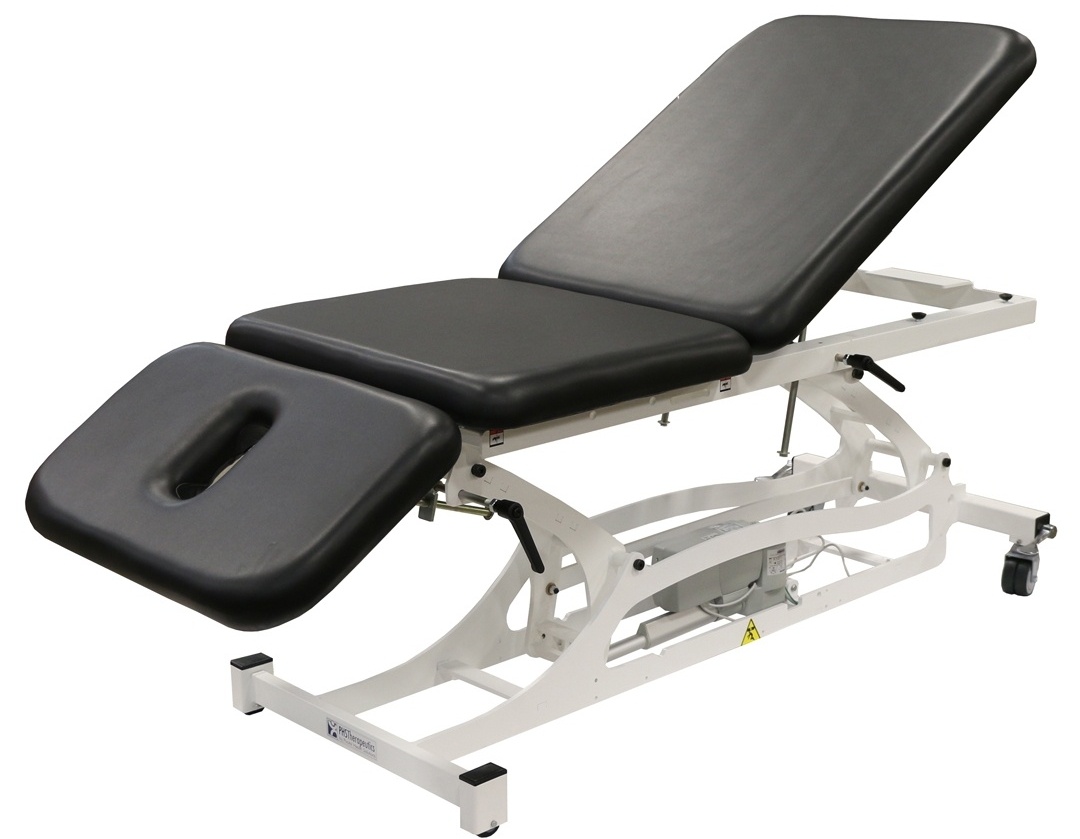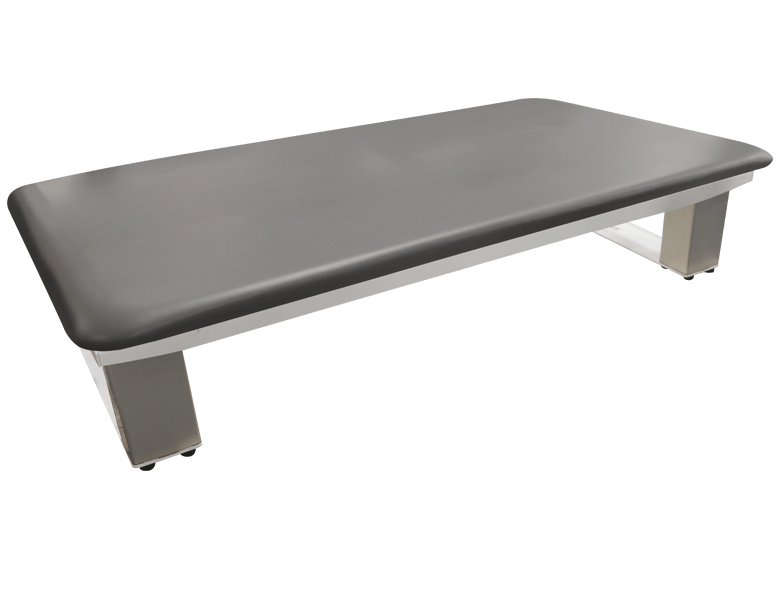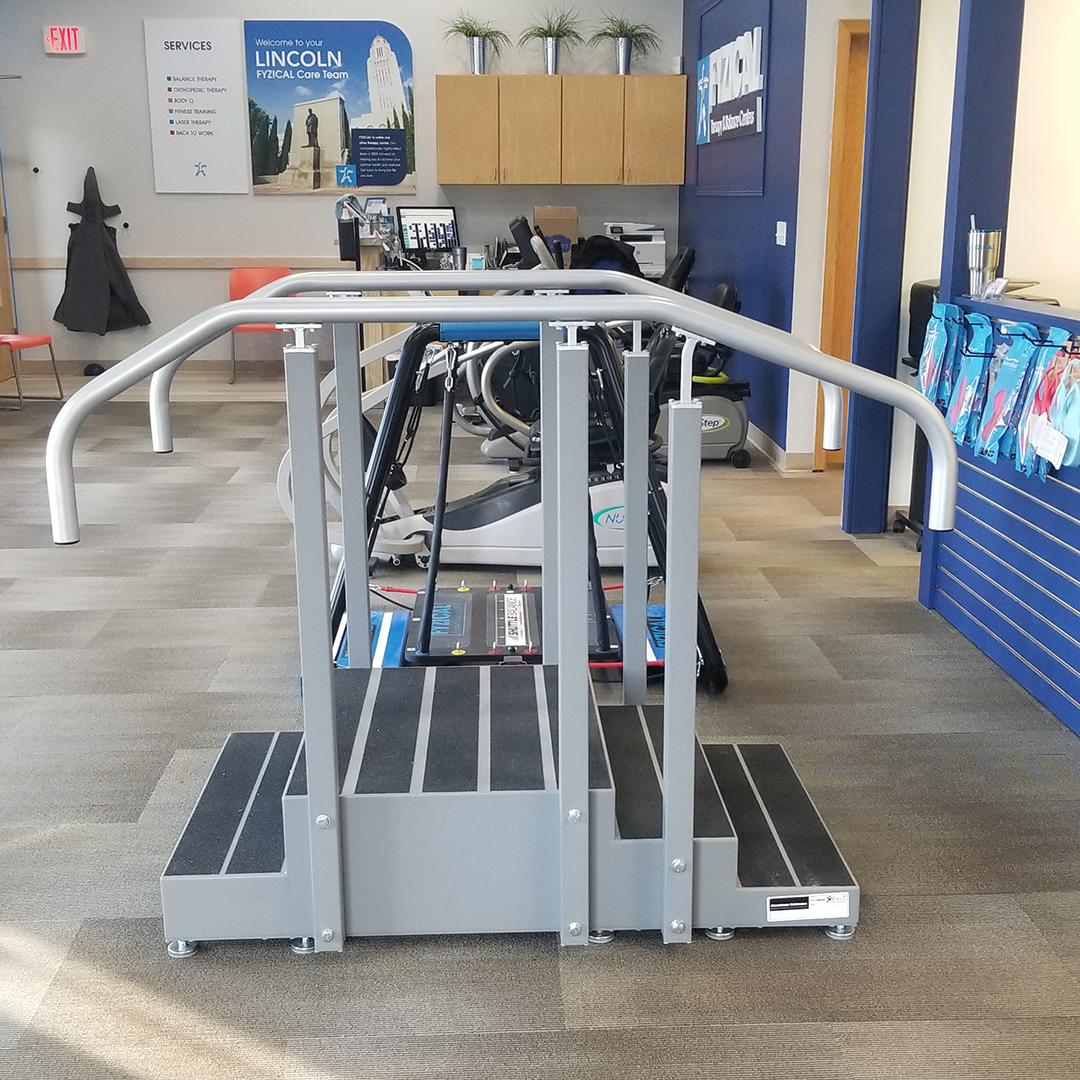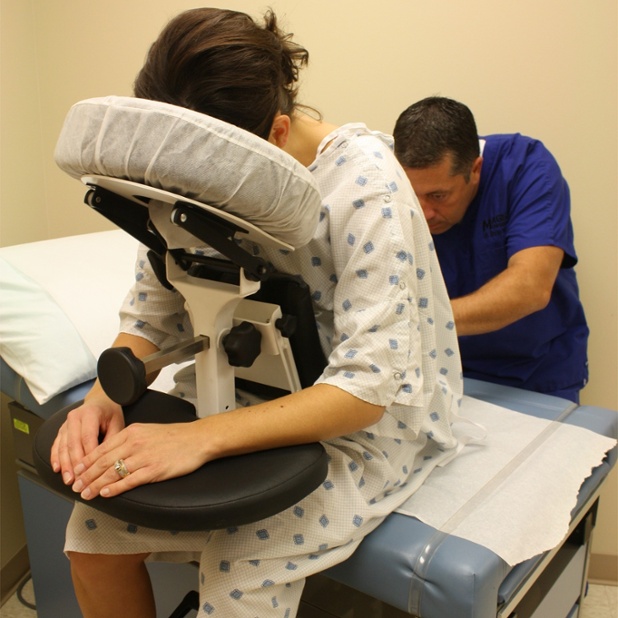Cancer, and the treatments for it, can cause physical problems such as pain, numbness, swelling, weakness, loss of balance, and difficulty moving or walking. Physical therapists help people manage cancer-related problems, improve their health and functional abilities, and return to work and other activities.
Physical therapists are trained and educated to understand many health conditions, including a cancer diagnosis. Specialized treatment programs can address specific needs and goals on a patient by patient basis.
 via Shutterstock via Shutterstock |
A physical therapist can help patients with cancer improve the following:
Comfort and well-being. Cancer and cancer treatments can cause symptoms such as pain, burning sensations, numbness, tingling (neuropathy), cramps, spasms, and weakness. A physical therapist may apply hands-on techniques (manual therapy) or technologies like electrical stimulation to help decrease the pain and alleviate symptoms. Physical therapists may teach gentle exercises or techniques to perform at home to aid in recovery. All of these options can help and reduce the need for opioid pain medication.
Aerobic capacity. Cancer or cancer treatment can decrease the ability to process oxygen (aerobic capacity), causing fatigue. Research shows that aerobic exercise, such as walking on a treadmill for at least 20 minutes 3 times per week, may help improve aerobic capacity, reduce fatigue, and optimize healing. A physical therapist can assess aerobic capacity and determine the best aerobic activities for patients.
Bone density. Lack of activity and certain cancer treatments can cause weakening of the bones,
 via Shutterstock via Shutterstock |
which can lead to bone fractures. Certain types of exercise can prevent bone loss and maintain bone strength. Physical therapists can teach safe and effective exercises to help steadily build bone strength.
Lymphedema and swelling. Certain cancer treatments can result in lymphedema (swelling in the arms or legs) or other types of swelling. Physical therapists can use several methods to reduce, control, and prevent lymphedema and swelling, such as specialized gentle massage, special movements and exercises, and application of compressive garments such as arm sleeves, gloves, and leg stockings.
Surgical incisions. A physical therapist can help care for any surgical incisions and sutured areas, by checking for infection and assisting with dressing changes. Physical therapists can also help prevent some kinds of scarring and skin tightness as the suture line heals. Gentle massage or certain technologies can help keep the skin as soft and pliable as possible.
Body weight. By creating an exercise and physical activity program tailored to each patient, physical therapists can help reduce a patient's body fat and help them maintain a healthy body weight, which can improve energy levels.
Mood. Exercise helps elevate mood and reduce depression in everyone, including cancer patients and survivors. A diagnosis of cancer, and cancer treatment, can be stressful and cause mood changes in anyone. Proper exercise, individualized for each person by a physical therapist, can help reduce stress and improve mood.
Brain fog. Exercise helps relieve brain fog. Physical therapists can design an individualized program of exercise that can help reduce memory loss and brain fog.
 |
 |
 |
.png?width=3762&name=Poplar%20Table-(Lift-Back-Nose-Hole-Bottom-Shelf%201).png) |
Walking. Techniques such as strengthening exercises, walking training, and balance activities can improve a patients ability to walk. If a patient has any nerve damage (neuropathy), a physical therapist may provide bracing and other techniques to make it easier or safer to walk. A physical therapist may also recommend using an assistive device, such as a walker or cane.
Sports training ability. Athletes undergoing cancer treatment can continue to train for their sport to a degree, depending on the type of cancer and treatment. Physical therapists can design safe, challenging, sport-specific training programs to help athletes reduce loss of fitness and strength during cancer treatment.
Motion. Physical therapists can choose specific activities and treatments to help restore normal movement in any stiff joints. These might begin with "passive" motions that the physical therapist performs and then progresses to active exercises and stretches that patients can complete themselves. They can be performed at home to help hasten healing and pain relief.
Flexibility. A physical therapist can determine if any muscles are tight, help with stretching them, and teach the patient how to stretch them at home.
 via Shutterstock via Shutterstock |
Strength. If any muscles are weak or injured, a physical therapist can assign exercises to steadily restore strength and agility.
Coordination. Physical therapist can help improve and regain coordination and agility, so household, community, and sports activities can be performed with greater ease.
Balance. A physical therapist can choose specific exercises that can be performed in the clinic and at home to improve balance and prevent falls.
Home program. Physical therapists can teach individualized strengthening, stretching, and pain reduction exercises for patients to perform at home.
The American Cancer Society recommends people undergoing cancer treatment, and cancer survivors, perform consistent physical exercise to decrease fatigue, and improve the ability to perform normal daily activities. Studies show that exercise can improve an individual’s chances of surviving cancer. Physical therapists can design individualized exercise and treatment programs to reduce or prevent many cancer-related problems.
This blog was curated from an article published on February 1, 2017 titled, "Physical Therapist's Guide to Cancer" on www.moveforwardpt.com. The original article can be viewed here.
Want to stay up to date with PHS Medical and see more articles like this one?





